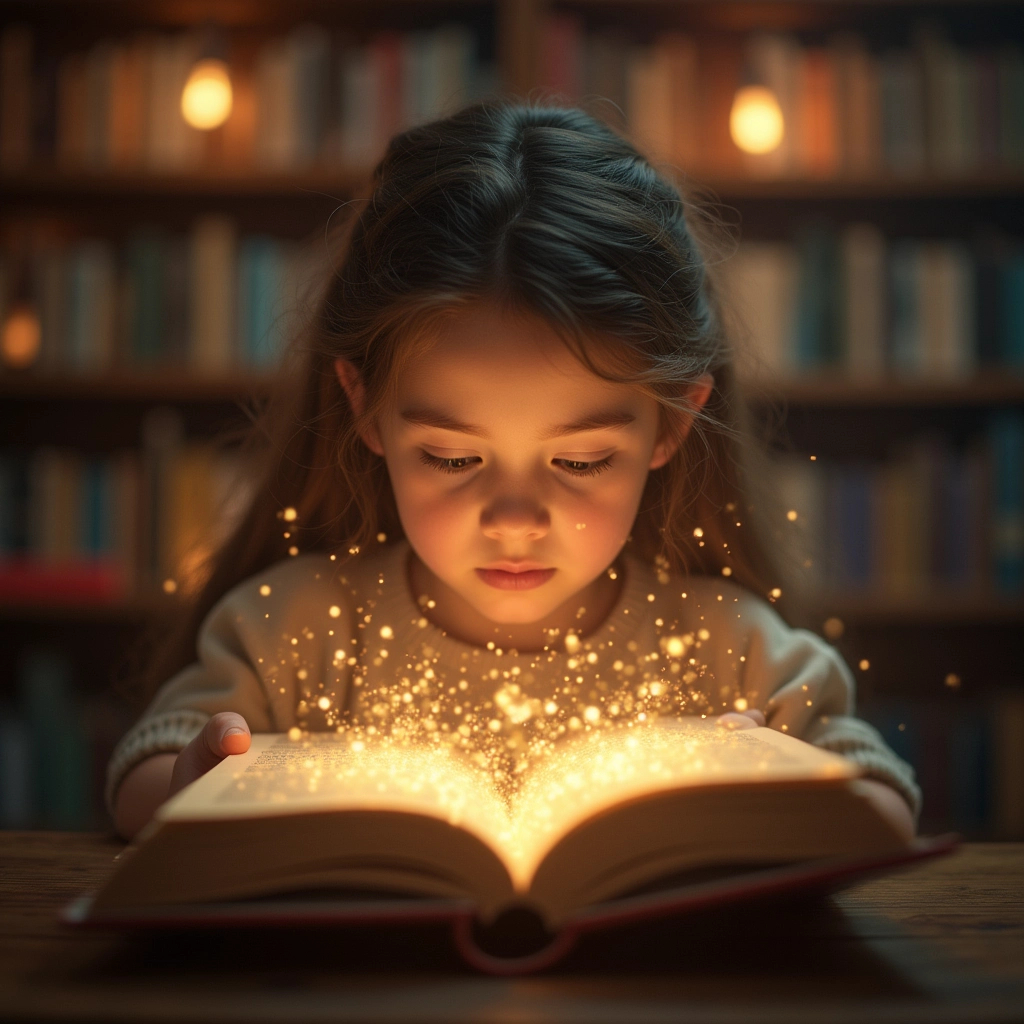Ever wondered why some books become instant bestsellers while others struggle to gain traction? The secret lies in psychology—how the human brain reacts to storytelling, engagement triggers, and emotional resonance.
Bestselling authors don’t just write compelling stories; they understand what makes readers curious, emotionally invested, and unable to put the book down. In this blog, we’ll explore the psychological principles behind viral books and how you can apply them to your own writing.
1. The Power of the Hook: Capturing Attention in the First Few Seconds
Our brains are wired to seek novelty, conflict, and unanswered questions. That’s why bestselling books start with a strong hook—a sentence or idea that forces the reader to keep going.
How to Create a Powerful Hook:
✅ Start with a Mystery or Intrigue: (“It wasn’t until the third body appeared that she realized the pattern.”)
✅ Introduce Conflict Immediately: (“He had 24 hours to save his company—or lose everything.”)
✅ Use a Shocking Statement: (“You’ve been lied to about success your whole life.”)
✅ Create an Unfinished Loop: A statement that leaves the reader craving resolution.
Example: The Girl on the Train (Paula Hawkins) starts with an unreliable narrator witnessing something shocking—forcing the reader to question everything.
2. Emotional Connection: Why We Fall in Love with Characters
Readers don’t just remember plots—they remember how books made them feel. Bestsellers create strong emotional bonds by making characters relatable, flawed, and deeply human.
Psychological Triggers for Emotional Connection:
❤️ Empathy: We root for characters who struggle, make mistakes, and grow. (Think Harry Potter, Katniss Everdeen)
❤️ Vulnerability: Readers love characters who reveal their fears and insecurities.
❤️ Desire & Motivation: A powerful character goal keeps readers engaged. (e.g., Elizabeth Bennet’s desire for independence in Pride and Prejudice)
Tip: Use deep point of view (DPOV)—write as if the reader is inside the character’s head, feeling every emotion.
3. The Science of Cliffhangers: Keeping Readers Addicted
Ever wondered why Netflix binge-watching is so addictive? It’s the same principle used in bestselling books—the Zeigarnik Effect. This psychological phenomenon suggests that humans remember unfinished tasks better than completed ones.
How to Apply This to Writing:
🔄 End chapters on a question, twist, or revelation. (Think Dan Brown’s The Da Vinci Code—each chapter ends with an unanswered mystery.)
🔄 Use mini-cliffhangers throughout the book, not just at the end.
🔄 Create tension between character goals and obstacles.
Example: Gone Girl (Gillian Flynn) uses dual narratives to reveal information in a way that keeps readers turning pages.
4. The Role of Familiarity vs. Novelty
Bestselling books often balance something familiar (a known genre or trope) with something fresh and unexpected.
Why This Works Psychologically:
🧠 Familiarity (Fluency Effect): Readers feel comfortable with patterns they recognize (e.g., hero’s journey, love triangle, redemption arc).
⚡ Novelty (Curiosity Gap): The brain is wired to seek new information—so a unique twist keeps readers hooked.
How to Use This in Writing:
✅ Take a popular trope and add a twist. (E.g., The Hunger Games took dystopia + reality TV.)
✅ Blend genres. (E.g., The Night Circus combines fantasy + romance.)
✅ Introduce unexpected character flaws. (Breaking Bad made a chemistry teacher into a drug lord—unexpected but compelling.)




